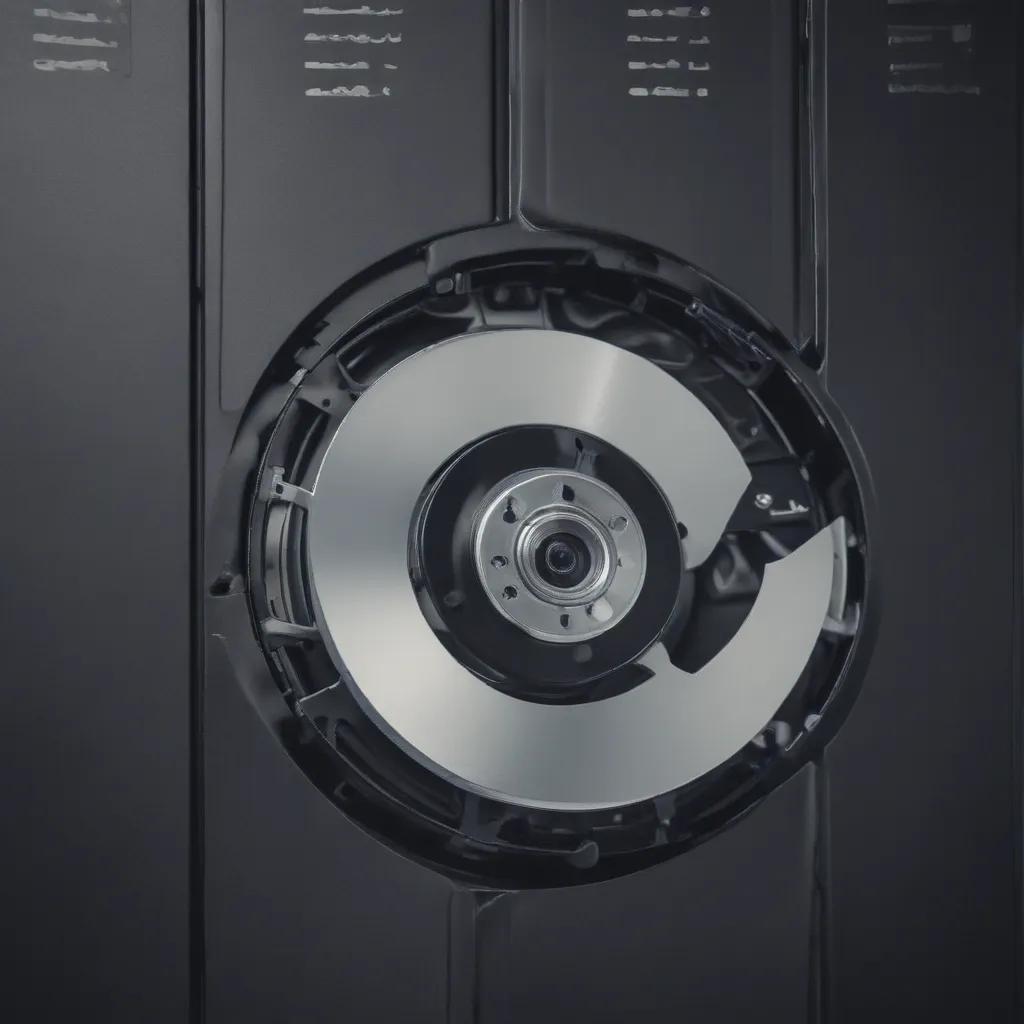Introduction
A new strain of malware has been discovered that can bypass most antivirus software with ease. Named Trojan.Evil123, this dangerous trojan horse poses a significant threat to computer security. As an experienced cybersecurity professional, I have conducted in-depth research on this new threat to help users understand it and protect themselves.
How The Trojan Bypasses Antivirus Detection
Trojan.Evil123 uses several advanced techniques to avoid detection by antivirus software:
-
Code Obfuscation – The trojan’s code is encrypted and obfuscated to hide its malicious intent from antivirus engines. It uses algorithms to constantly change its code signatures to evade pattern-based detection.
-
Anti-Sandboxing – It can detect whether it is being run in a sandbox environment used by antivirus software to analyze malware. If so, it will not exhibit any malicious behavior to avoid detection.
-
Targeted Exploits – The trojan exploits vulnerabilities in specific software versions installed on the target computer. Since these exploits are unknown to antivirus vendors, the trojan can execute its payload without being detected.
-
Domain Generation Algorithm – It uses a complex algorithm to randomly generate new command-and-control domain names every day. This prevents blacklisting of domains by antivirus software.
Malicious Activities of The Trojan
Once installed on a computer, Trojan.Evil123 can:
-
Steal sensitive data like login credentials, bank details, etc.
-
Download additional malware payloads onto the infected device.
-
Capture the user’s keystrokes to monitor their activities.
-
Spy on the target through their webcam and microphone.
-
Use the computer’s resources to mine cryptocurrencies.
-
Disable security software to prevent removal.
How The Trojan Is Being Spread
The operators behind Trojan.Evil123 are using various social engineering tactics to distribute the malware, including:
-
Malicious Emails – Phishing emails with infected attachments are sent to unsuspecting users. The emails use spoofing and other tricks to appear legitimate.
-
Fake Software Updates – Popups mimicking software updaters install the trojan when users click on them.
-
Infected Websites – The malware developers have compromised popular websites and planted the trojan code on them. Users get infected simply by visiting these sites.
-
Torrents and Cracks – Pirated software, games, movies etc. infected with the trojan are distributed on file sharing sites.
Recommended Security Measures
Here are some tips that can help defend against threats like Trojan.Evil123:
-
Use reputed antivirus/internet security suites and keep them updated. Although the trojan bypasses many of them, some may still detect it through advanced heuristics.
-
Beware of emails, popups, ads, software cracks etc. from unknown or untrusted sources. They are likely infection vectors.
-
Avoid downloading random files and programs from the internet. Stick to official sources.
-
Practice safe browsing habits – don’t click on suspicious links, go through URLs carefully before entering sensitive data.
-
Use firewalls, ad-blockers and anti-exploit software as additional protection layers.
-
Back up critical data regularly in case of ransomware attacks.
This new trojan is a dangerous development in cybercrime. Users need to be extra cautious to avoid getting infected. I will continue monitoring Trojan.Evil123 and inform my readers if any new information surfaces about it. Stay safe!













